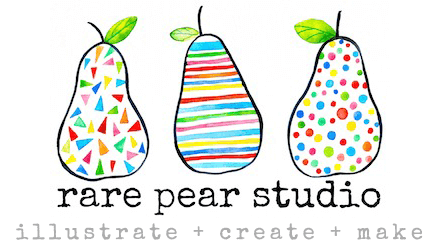Article: Bag your bread tags for waste to art project

The humble breadtag is all around us, unrecognised and unnoticed.
They are tiny bits of single-use plastic, that seem insignificant. But they add up, says artist Shani Nottingham, who is gathering them to turn them into art.
“Basically the aim is to raise awareness of single use plastics, waste and mindless consumption of plastic,” the Cowra-based artist, who is a member of the Platypus Gallery and calling on local support, says.
“Slowly and surely, these little bits add up to being a huge amount of garbage, going into landfill, washing into rivers, lakes, streams, and posing problems to wildlife who can choke and swallow them.
“My project aims to make people aware of single use plastic, and using it in a more responsible way, educate them about waste and how to take back some responsibility.”
You can go to Facebook and find The Breadtag Project to find out more.
Online, Mrs Nottingham shares tips for sustainable living as well as the tags people are sending her and the way people have repurposed them.
The project is a positive one, a creative one, and uses breadtags to inspire and facilitate creativity, problem solving and mindfulness, Mrs Nottingham said.
Artists from all over the world are creating artwork to be part of the project.
It is also a platform to talk about mental health issues, facilitate creativity and from connections.
You post the bread tags to 30 Lachlan Street, Cowra, 2794.
Mrs Nottingham is not just after quantity but variety, so if you have any international connections who’d like to contribute, she’d also love to hear from them.
The what and the how?
This is the main question I am asked! How does it work? What is it?
There are several outcomes that are being developed. One is a book, the other is exhibitions.
How does it work?
“It works by people all over the world sending me breadtags,” Mrs Nottingham explains.
“They save them, and post them to me.
“I am building a mass amount of breadtags, to be used in an art installation that supports the aims and purpose of the project.
“These breadtags then become part of a collection. The collection has two different strands. One is a bulk collection, with as many tags as I can get.
“This will highlight the sheer amount of plastic that starts with one tiny thing … that by virtue of its common use is actually a huge problem. Like the grains of sand that make up a beach, one is not much, but multiplied by thousands, becomes an entity.
The second part of the collection is the pseudo-scientific classification of breadtags, and sorting them into types and groups, based on colour, shape, country of origin and purpose.
The hope is that one day these tags will become ‘ extinct’ as we find better ways to seal food, better solutions to bag closures made from sustainable and fully recyclable products.






